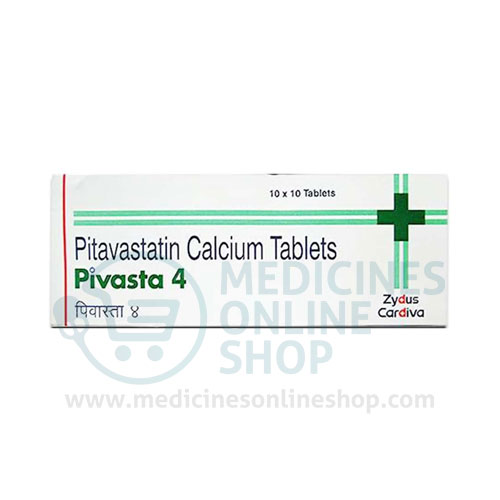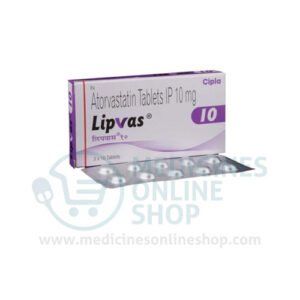Pitavastatin Information
Pronunciation
pi TA va sta tin
What is this drug used for?
• It is used to lower bad cholesterol and raise good cholesterol (HDL).
• It is used to lower triglycerides.
• It may be given to you for other reasons. Talk with the doctor.
Frequently reported side effects of this drug
• Back pain
• Constipation
• Diarrhea
Other side effects of this drug: Talk with your doctor right away if you have any of these signs of:
• Unable to pass urine
• Change in amount of urine passed
• Muscle pain
• Muscle tenderness
• Muscle weakness
• Liver problems like dark urine, feeling tired, lack of appetite, nausea, abdominal pain, light-colored stools, vomiting, or yellow skin or eyes.
• Signs of a significant reaction like wheezing; chest tightness; fever; itching; bad cough; blue skin color; seizures; or swelling of face, lips, tongue, or throat.
Medication Safety Issues
Sound-alike/look-alike issues:
Pitavastatin may be confused with atorvaSTATin, fluvastatin, lovastatin, nystatin, pravastatin, rosuvastatin, simvastatin
Storage and Stability
Store at 15°C to 30°C (59°F to 86°F). Protect from light.
Adverse Reactions
Central nervous system: Headache
Dermatologic: Pruritus, skin rash, urticaria
Endocrine & metabolic: Increased serum glucose
Gastrointestinal: Constipation, diarrhea
Hepatic: Increased serum alkaline phosphatase, increased serum bilirubin, increased serum transaminases
Hypersensitivity: Hypersensitivity reaction
Infection: Influenza
Neuromuscular & skeletal: Arthralgia, back pain, increased creatine phosphokinase in blood specimen, myalgia
Respiratory: Nasopharyngitis




